Home>Furniture>Outdoor Furniture>How To Cover Patio Furniture
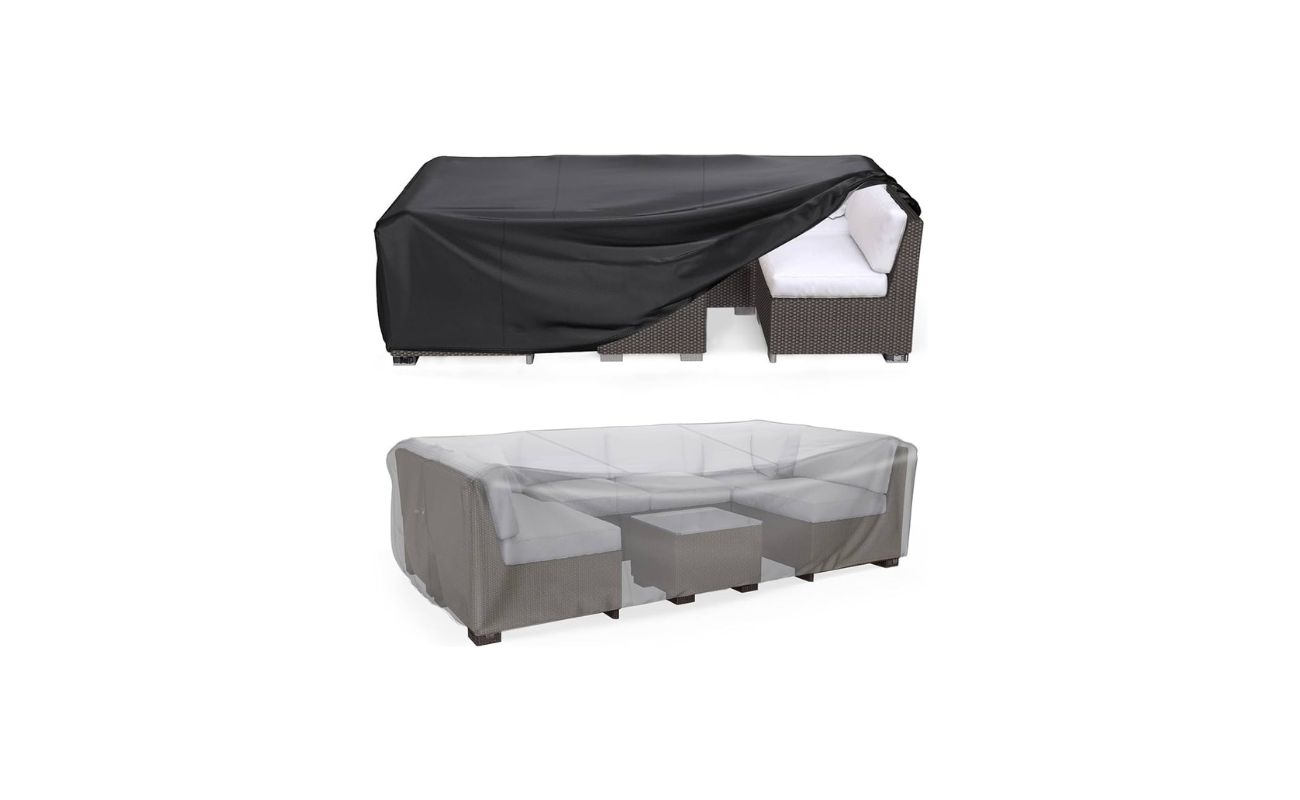

Outdoor Furniture
How To Cover Patio Furniture
Modified: October 20, 2024
Protect your outdoor furniture and prolong its lifespan with our step-by-step guide on how to cover patio furniture. Shield it from the elements and ensure it stays in top condition.
(Many of the links in this article redirect to a specific reviewed product. Your purchase of these products through affiliate links helps to generate commission for Storables.com, at no extra cost. Learn more)
Introduction
Welcome to our comprehensive guide on how to cover patio furniture. If you are a proud patio owner, you know how important it is to protect your outdoor furniture from the elements. From rain and snow to UV rays and dust, the elements can quickly deteriorate your furniture and ruin its aesthetic appeal. That’s why investing in high-quality patio furniture covers is essential to extend the lifespan of your outdoor pieces and keep them looking their best.
In this article, we will walk you through the process of choosing the right patio furniture covers, measuring your furniture for the perfect fit, cleaning and preparing your furniture for covering, and securely fastening the covers for maximum protection. Additionally, we will provide essential tips for maintaining your patio furniture covers to ensure their longevity.
So whether you have a cozy patio with a few chairs or a luxurious outdoor dining set, let’s dive into the world of patio furniture covers and discover how to protect your investment and enjoy your outdoor space for years to come.
Key Takeaways:
- Protecting your patio furniture from the elements is crucial for preserving its beauty and lifespan. Choosing the right covers, measuring accurately, and securing them tightly are key steps in ensuring optimal protection.
- Regular maintenance and inspections of your patio furniture covers are essential to address any damage or wear early on, so you can make necessary repairs or replacements as needed. This will help prolong the lifespan of your outdoor furniture.
Read more: How To Make Patio Furniture Cushion Covers
Choosing the Right Patio Furniture Cover
When it comes to choosing the right patio furniture cover, you want to consider a few key factors to ensure maximum protection and a proper fit. Here are some important factors to keep in mind:
- Material: Opt for covers made from durable and weather-resistant materials like polyester or vinyl. These materials are designed to withstand the harsh outdoor elements and provide excellent protection for your furniture.
- Size: It is crucial to select a cover that fits your furniture snugly. Measure the dimensions of your patio furniture, including height, length, and width, and look for covers that closely match those measurements.
- Style: While functionality is essential, you can also consider the aesthetic appeal of the cover. Choose a style that complements your outdoor space and enhances its overall look.
- Features: Look for additional features that can enhance the performance of the cover. Features like UV protection, water resistance, and ventilation panels can provide extra protection and prevent mold and mildew growth.
- Brand Reputation: Do some research on different brands and read customer reviews to ensure you are purchasing a high-quality cover from a reputable manufacturer.
- Budget: Set a budget before shopping for patio furniture covers to help narrow down your options. Keep in mind that investing in a durable cover will save you money in the long run, as it will extend the lifespan of your furniture.
By considering these factors, you can ensure that you choose a patio furniture cover that not only fits your furniture but also provides optimal protection and durability. Next, let’s move on to the important step of measuring your patio furniture.
Measuring Your Patio Furniture
Before purchasing patio furniture covers, it is crucial to measure your outdoor furniture accurately. Proper measurements ensure that the covers fit snugly and provide complete protection for your furniture. Here’s a step-by-step guide to measuring your patio furniture:
- Measure the Width: For chairs and benches, measure the widest part, including armrests. For tables, measure the width of the tabletop.
- Measure the Depth: Measure the depth of the seat or the table from front to back.
- Measure the Height: Measure the height of the chair or the table from the ground to the highest point.
- Measure Special Features: If your furniture has any protruding features like umbrella holes or decorative elements, be sure to measure those as well.
When measuring your furniture, it’s essential to account for any additional items that need to be covered, such as cushions, pillows, or umbrellas. Measure each item separately to ensure you choose the appropriate cover size for each piece.
Once you have the accurate measurements, you can confidently shop for patio furniture covers knowing that they will fit snugly and provide the necessary protection. With your measurements in hand, let’s move on to the next step: cleaning and preparing your furniture for covering.
Cleaning and Preparing Your Furniture
Before covering your patio furniture, it’s important to clean and prepare it properly. This ensures that your furniture is in the best condition before being covered and helps prevent any dirt or grime from becoming trapped under the cover. Here are some essential steps to follow:
- Remove Loose Debris: Begin by brushing off any loose dirt, leaves, or debris from your furniture. Use a soft brush or a broom to gently sweep away the surface debris.
- Clean with Mild Soap and Water: Mix a mild detergent or soap with warm water in a bucket. Use a sponge or soft-bristle brush to gently scrub the furniture, paying extra attention to any stains or heavily soiled areas.
- Rinse Thoroughly: After cleaning, rinse the furniture thoroughly with a hose or a bucket of clean water. Make sure to remove all soap residue to prevent any damage or discoloration.
- Allow to Dry Completely: Before covering, ensure that your furniture is completely dry. Wipe away any excess moisture with a clean cloth and leave it in a well-ventilated area to air dry.
- Apply Protective Coating: Consider applying a protective coating or sealant to your furniture to enhance its durability and resistance to the elements. Follow the manufacturer’s instructions for application.
By following these steps, you can ensure that your furniture is clean, dry, and ready to be covered. This will help maintain the quality and longevity of your outdoor furniture. Now that your furniture is prepared, let’s move on to the next step: covering chairs and benches.
Covering Chairs and Benches
Covering your chairs and benches is an essential step in protecting them from the outdoor elements. Here’s a step-by-step guide on how to properly cover your chairs and benches:
- Start with a Clean Surface: Ensure that your chairs and benches are clean and dry before covering them. This helps prevent any dirt or moisture from being trapped under the cover.
- Place the Cover: Position the cover over the chair or bench, ensuring that it fully covers the piece from top to bottom.
- Secure with Tie-Downs: Many patio furniture covers come with tie-down straps or buckles to keep them in place. Fasten these securely around the legs or base of the chair to ensure a snug fit.
- Adjust and Tuck: Smooth out any wrinkles or excess fabric on the cover and tuck it in as needed. This helps to create a tight seal and ensures that no areas are exposed to the elements.
- Optional: Use Protective Caps: If your chairs or benches have exposed legs, consider using protective caps or covers to prevent any damage or rusting.
Once your chairs and benches are properly covered and secured, they are now protected from the elements. Remember to periodically check the covers for any signs of wear or damage and make any necessary adjustments or replacements. Now, let’s move on to covering tables and umbrellas.
Use a waterproof cover to protect your patio furniture from the elements. Make sure the cover is the right size and securely fastened to prevent any water or debris from getting in.
Read more: What Size Patio Furniture Cover Do I Need
Covering Tables and Umbrellas
Tables and umbrellas are often the centerpiece of your outdoor space, and it’s important to protect them from the elements to ensure their longevity. Here’s a step-by-step guide on how to properly cover your tables and umbrellas:
- Prepare the Surface: Clean and dry the table and umbrella thoroughly before covering. Remove any loose debris and wipe down the surfaces to ensure they are free from dirt and moisture.
- Choose the Right Cover: Select a table cover that is designed to fit the dimensions of your specific table. Ensure that it covers the entire tabletop and reaches down to the floor.
- Position the Cover: Place the cover over the table, aligning it properly with the edges. If your table has an umbrella hole, make sure there is a designated opening or zipper in the cover to accommodate the umbrella.
- Secure the Cover: Depending on the cover design, use any built-in straps, buckles, or drawstrings to secure it tightly around the table. This will prevent it from shifting or blowing away during strong winds.
- Protect the Umbrella: If you have a patio umbrella, invest in a separate umbrella cover to provide protection from the elements. Simply slip the cover over the closed umbrella and secure it with any available fasteners.
- Optional: Use a Stand Cover: If your table has an umbrella stand, consider using a separate cover designed specifically for the stand. This will provide added protection and keep it in good condition.
Once your tables and umbrellas are securely covered, they are shielded from rain, UV rays, and dust. Regularly check the covers for any signs of wear or damage and make any necessary adjustments or replacements to ensure ongoing protection. Now, let’s move on to covering cushions and pillows.
Covering Cushions and Pillows
To complete the protection of your patio furniture, it’s important to cover cushions and pillows as well. These soft furnishings are susceptible to stains, mildew, and fading from continuous exposure to the elements. Here’s how you can effectively cover your cushions and pillows:
- Clean the Cushions: Before covering, make sure your cushions are clean and dry. If they have removable covers, follow the manufacturer’s instructions for cleaning. For non-removable cushions, you can spot clean stains with a mild detergent solution and allow them to air dry completely.
- Choose Waterproof Covers: Look for waterproof covers specifically designed for cushions and pillows. These covers are made from materials that repel water and prevent moisture from seeping in. Waterproof covers also help protect against UV rays and fading.
- Place the Covers: Slip the cushion or pillow into the cover, making sure it fits snugly. Zip or fasten the cover securely to keep it in place.
- Stack and Store: If you have multiple cushions or pillows, stack and store them in a clean and dry area, such as a storage bench or a designated storage shed. This will prevent them from accumulating dirt and debris.
It’s worth noting that some cushions and pillows are made from materials that are inherently resistant to water and fading. However, using separate covers adds an extra layer of protection and extends their lifespan even further. Remember to regularly check the covers for any signs of wear, mold, or mildew, and clean or replace them as needed.
With your cushions and pillows covered, your patio furniture is now fully protected from the elements. However, it’s important to secure the covers properly to ensure they stay in place. Let’s move on to the next step: securing the patio furniture covers.
Securing the Patio Furniture Cover
To ensure that your patio furniture covers stay in place during strong winds and storms, it’s important to secure them properly. Here are some tips for securing your patio furniture covers:
- Use Tie-Down Straps: Many patio furniture covers come with tie-down straps or buckles. Fasten these straps tightly around the legs or base of the furniture to hold the covers securely in place. Ensure they are snug but not overly tight to avoid damaging the furniture or the cover.
- Weighted Objects: If your patio furniture covers do not have tie-down straps, you can use weighted objects to keep them from blowing away. Place heavy objects like bricks or sandbags on top of the covers or use specially designed cover weights or clips.
- Bungee Cords: Another effective method is to use bungee cords to secure the covers. Attach the cords to anchor points on the furniture or to hooks on nearby walls or fences. Stretch the cords across the covers and secure them tightly.
- Adjust Regularly: Regularly check the covers to ensure they are still securely fastened. Retighten any straps or cords that may have loosened over time. Additionally, adjust the fabric to eliminate any sagging or pooling of water.
- Consider Storage: In extreme weather conditions, such as strong winds or heavy snowfall, it may be advisable to store your patio furniture indoors or in a shed. This will provide extra protection and extend the lifespan of both the furniture and the covers.
By properly securing your patio furniture covers, you can have peace of mind knowing that your outdoor furniture is safely protected from the elements. However, it’s important to perform regular checks and adjustments to maintain the security and effectiveness of the covers. Now, let’s move on to the final step: maintaining your patio furniture covers.
Maintaining Your Patio Furniture Covers
To ensure the longevity and effectiveness of your patio furniture covers, proper maintenance is key. Here are some tips to help you maintain your covers in good condition:
- Regular Cleaning: Regularly clean your patio furniture covers to remove dust, dirt, and debris. Use a mild detergent or soap and warm water to gently scrub the covers. Rinse thoroughly and allow them to air dry completely before putting them back on your furniture.
- Mold and Mildew Prevention: To prevent the growth of mold and mildew, make sure your covers are completely dry before storing them. If you notice any signs of mold or mildew, use a solution of diluted bleach and water to clean the affected areas. Rinse thoroughly and allow the covers to dry completely.
- Inspect for Damage: Regularly inspect your covers for any signs of wear, tears, or damage. Repair any small holes or tears using a patch or tape specifically designed for outdoor covers. If the damage is extensive, consider investing in new covers to ensure optimal protection for your furniture.
- Keep Covers Folded or Rolled: When not in use, fold or roll your covers neatly and store them in a dry and well-ventilated area. Avoid folding them when they are wet, as this can lead to mold and mildew growth.
- Protect from UV Exposure: If your outdoor space receives prolonged sun exposure, consider using UV protectant sprays or treatments on your covers to prevent fading and sun damage.
- Store Properly During Winter: If you live in an area with harsh winters, it’s a good idea to store your patio furniture covers indoors during the winter months. This will protect them from extreme cold, snow, and ice, and help prolong their lifespan.
By following these maintenance tips, you can ensure that your patio furniture covers remain in good condition and provide optimal protection for your outdoor furniture. Regular cleaning and inspections will help to identify any issues early on and address them promptly. Remember, well-maintained covers will not only extend the life of your furniture but also enhance the overall appearance of your outdoor space.
Now that you are equipped with the knowledge of how to cover, measure, clean, secure, and maintain your patio furniture, you can confidently protect your outdoor investment. Enjoy the peace of mind knowing that your patio furniture is shielded from the elements, allowing you to make the most of your outdoor space for years to come.
Thank you for reading and happy outdoor living!
Conclusion
Protecting your patio furniture is essential to preserve its beauty and longevity. By investing in high-quality covers and following the steps outlined in this guide, you can ensure that your outdoor furniture withstands the elements and remains in excellent condition. From choosing the right covers to measuring your furniture, cleaning and preparing it, and securing the covers, each step plays a vital role in providing maximum protection.
Regular maintenance and inspections are also crucial to address any damage or wear early on, so you can make necessary repairs or replacements as needed. By properly cleaning, storing, and maintaining your covers, you can prolong their lifespan and effectively shield your patio furniture from dust, rain, UV rays, and other environmental factors.
Remember, choosing the right covers, measuring accurately, and securing them tightly are key steps in ensuring optimal protection for your outdoor furniture. Additionally, regularly cleaning and inspecting your covers will help to identify and resolve any issues, maintaining the overall quality of your outdoor space.
By following the guidelines in this comprehensive guide, you can enjoy your patio furniture for years to come, without worrying about the damaging effects of the weather. Create a cozy and inviting outdoor space that you can fully enjoy, knowing your furniture is well-protected.
Thank you for joining us on this journey to uncover the secrets of protecting your patio furniture. Now, armed with this knowledge, go ahead and cover your furniture, secure the covers, and enjoy your beautiful outdoor oasis!
Frequently Asked Questions about How To Cover Patio Furniture
Was this page helpful?
At Storables.com, we guarantee accurate and reliable information. Our content, validated by Expert Board Contributors, is crafted following stringent Editorial Policies. We're committed to providing you with well-researched, expert-backed insights for all your informational needs.
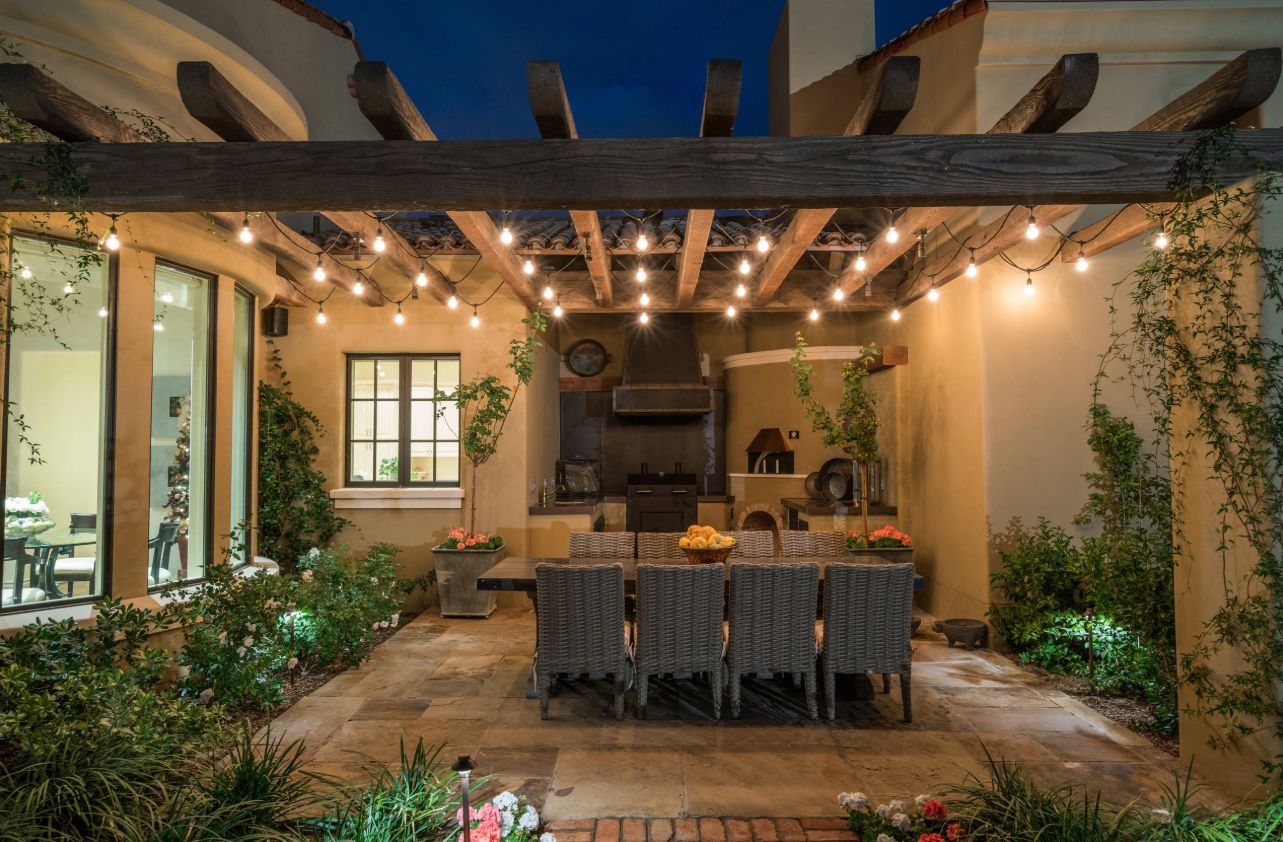
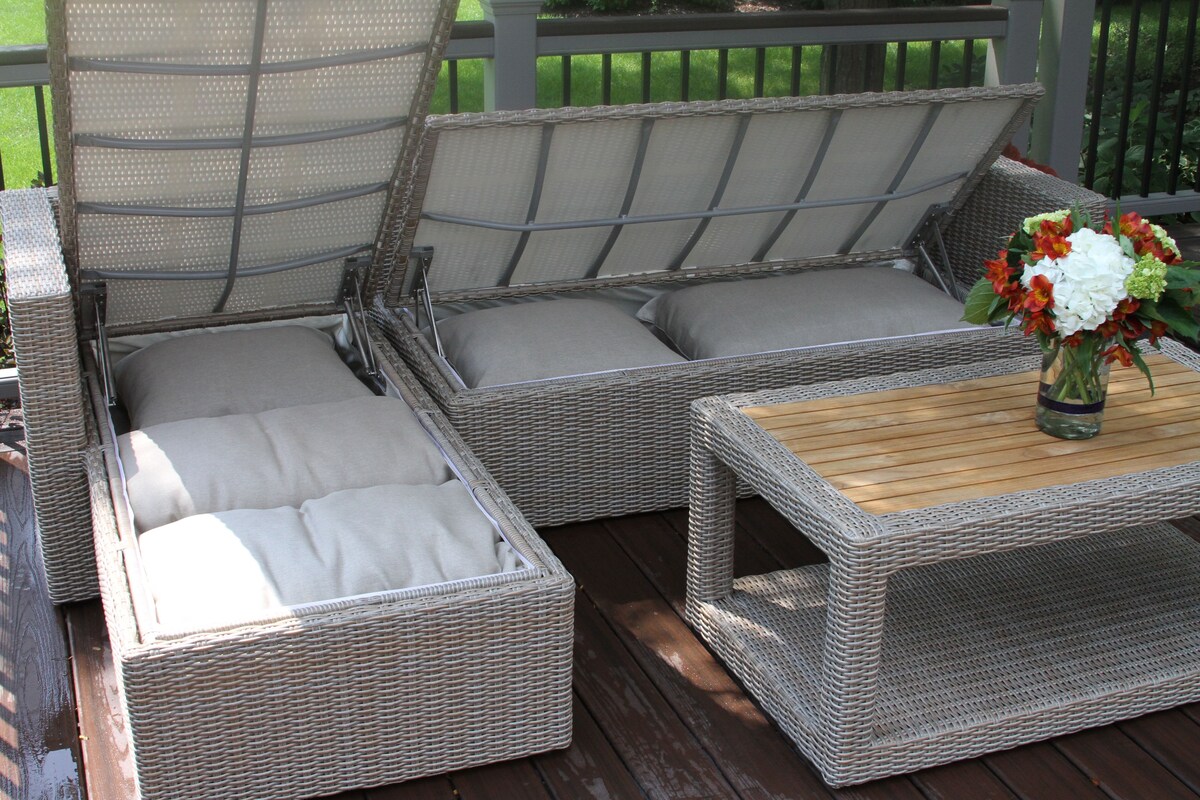
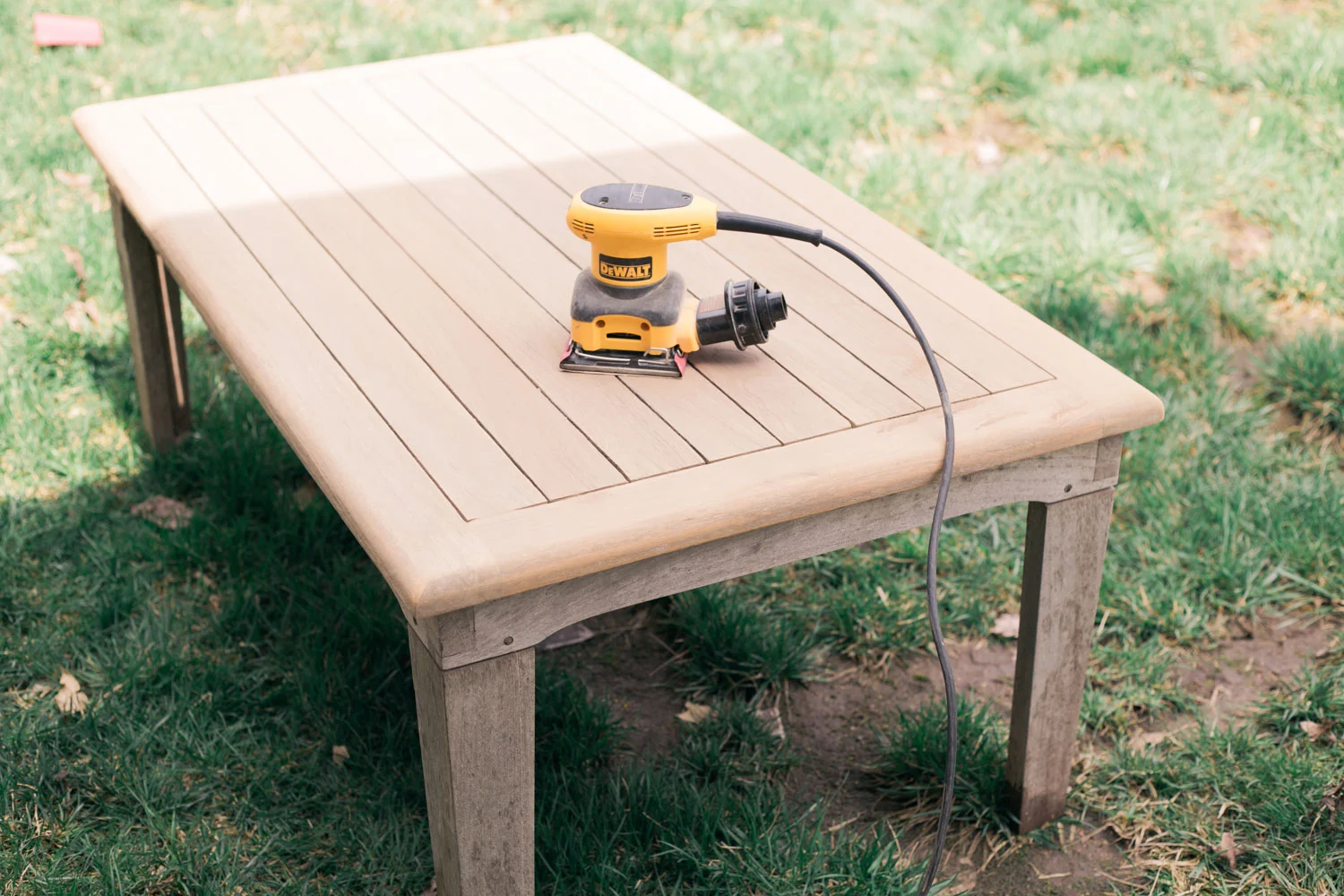
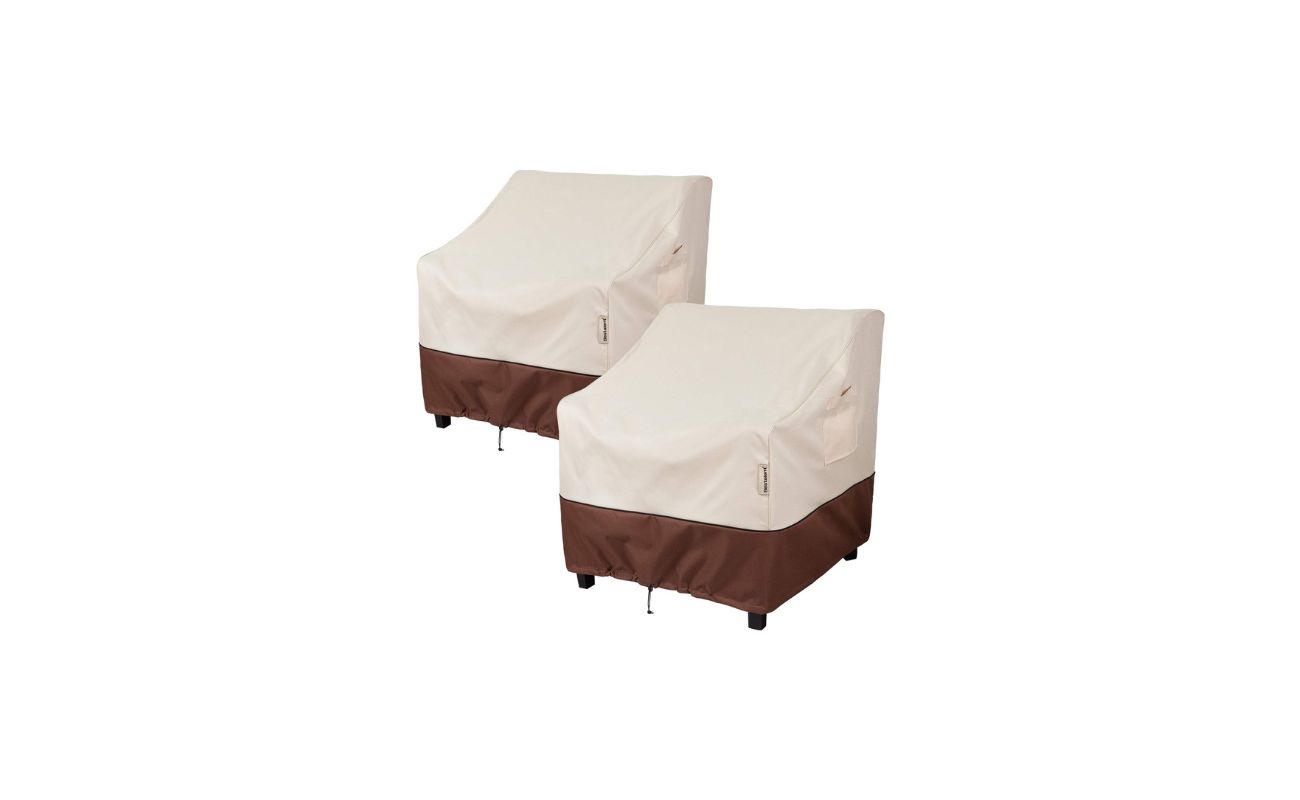
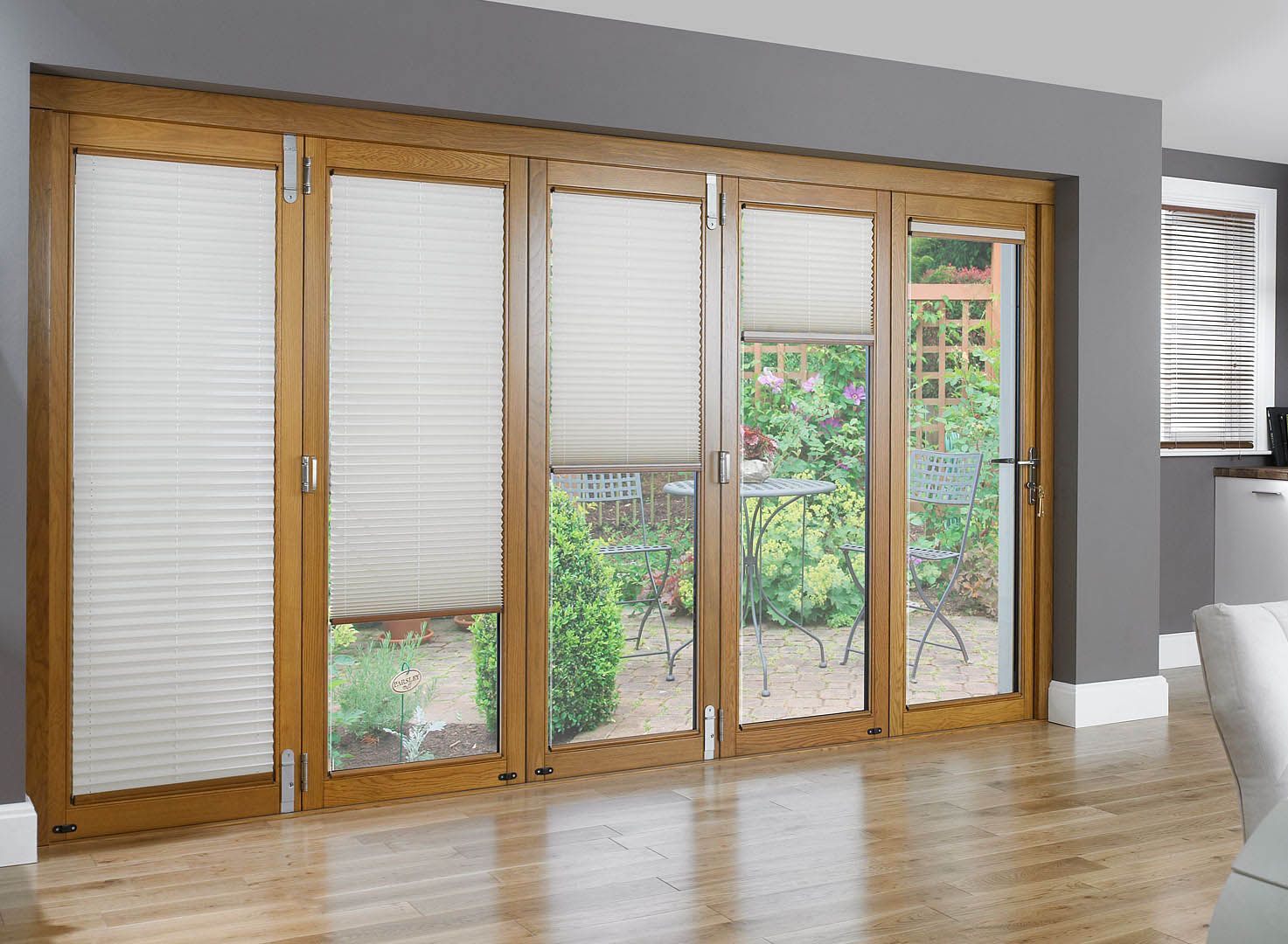
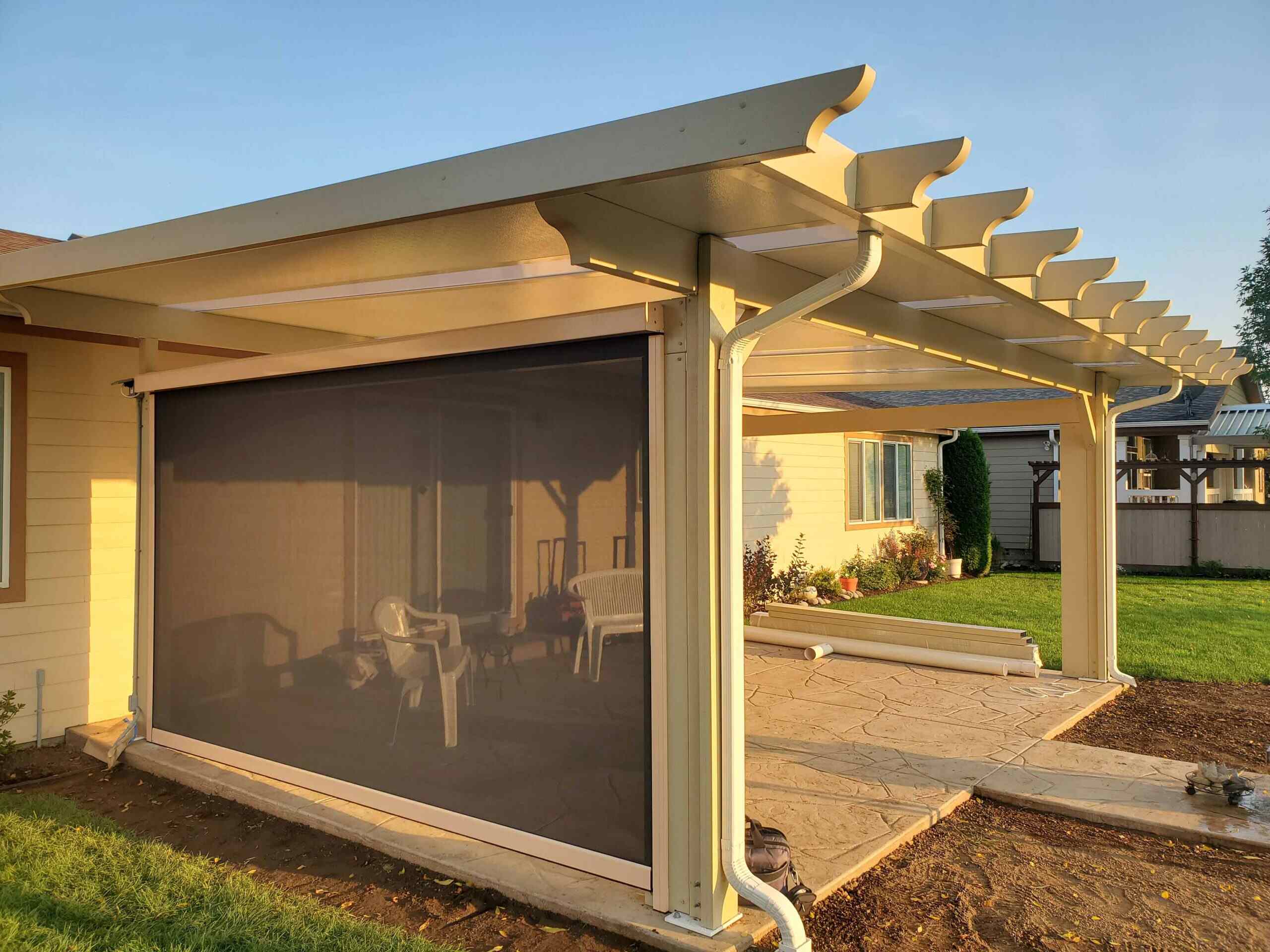
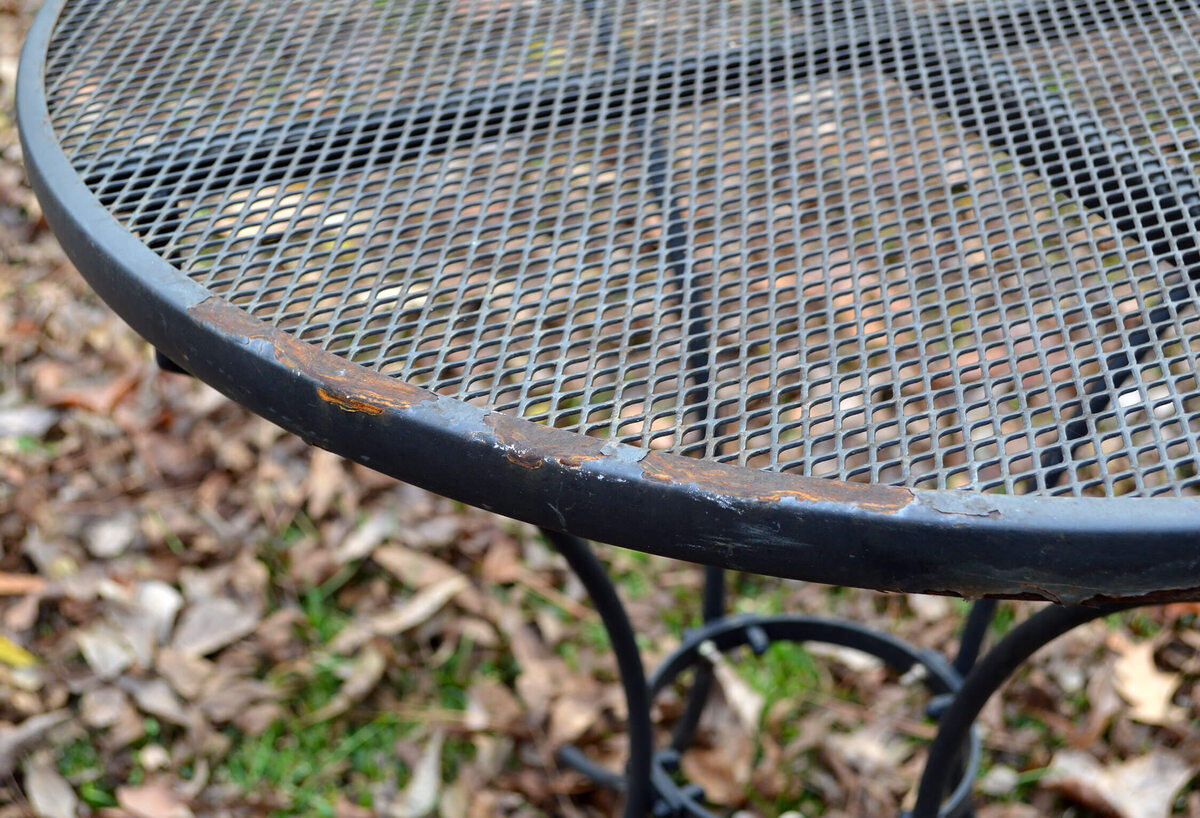
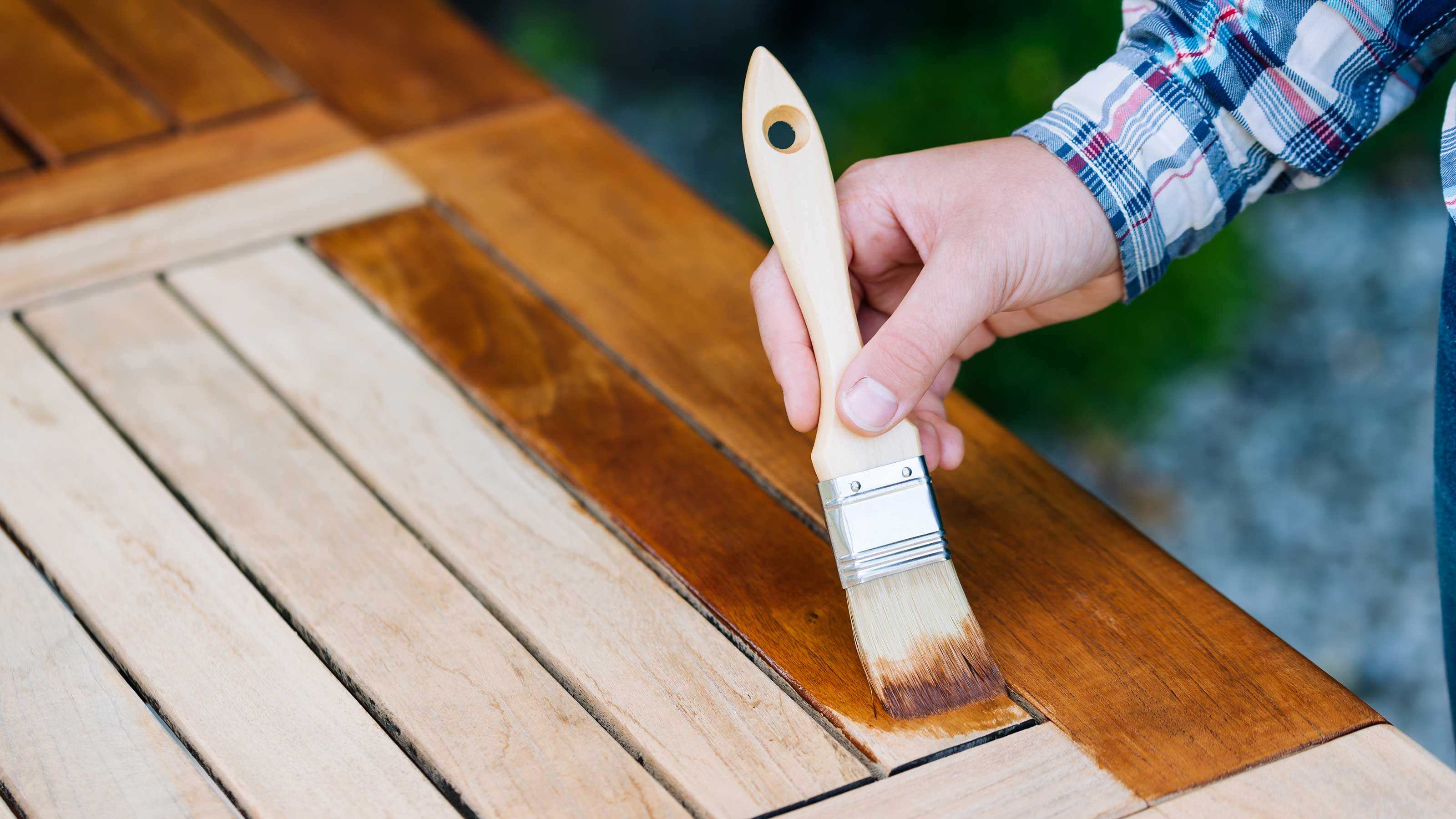
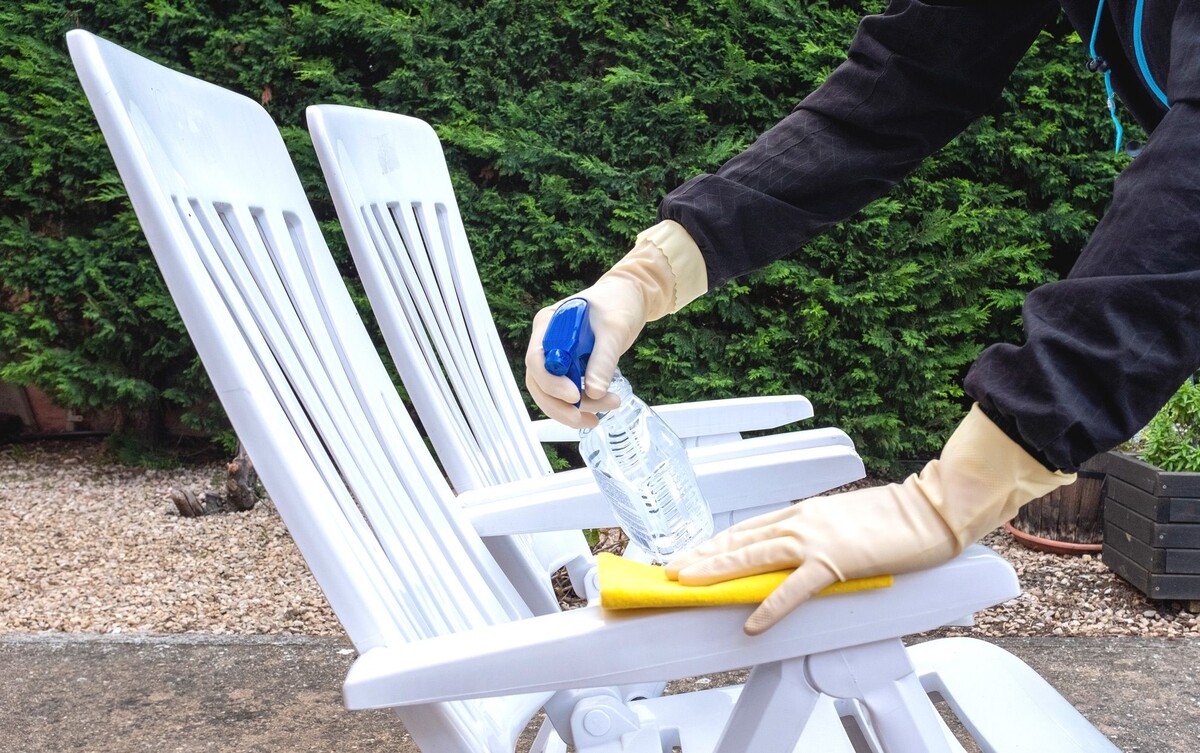
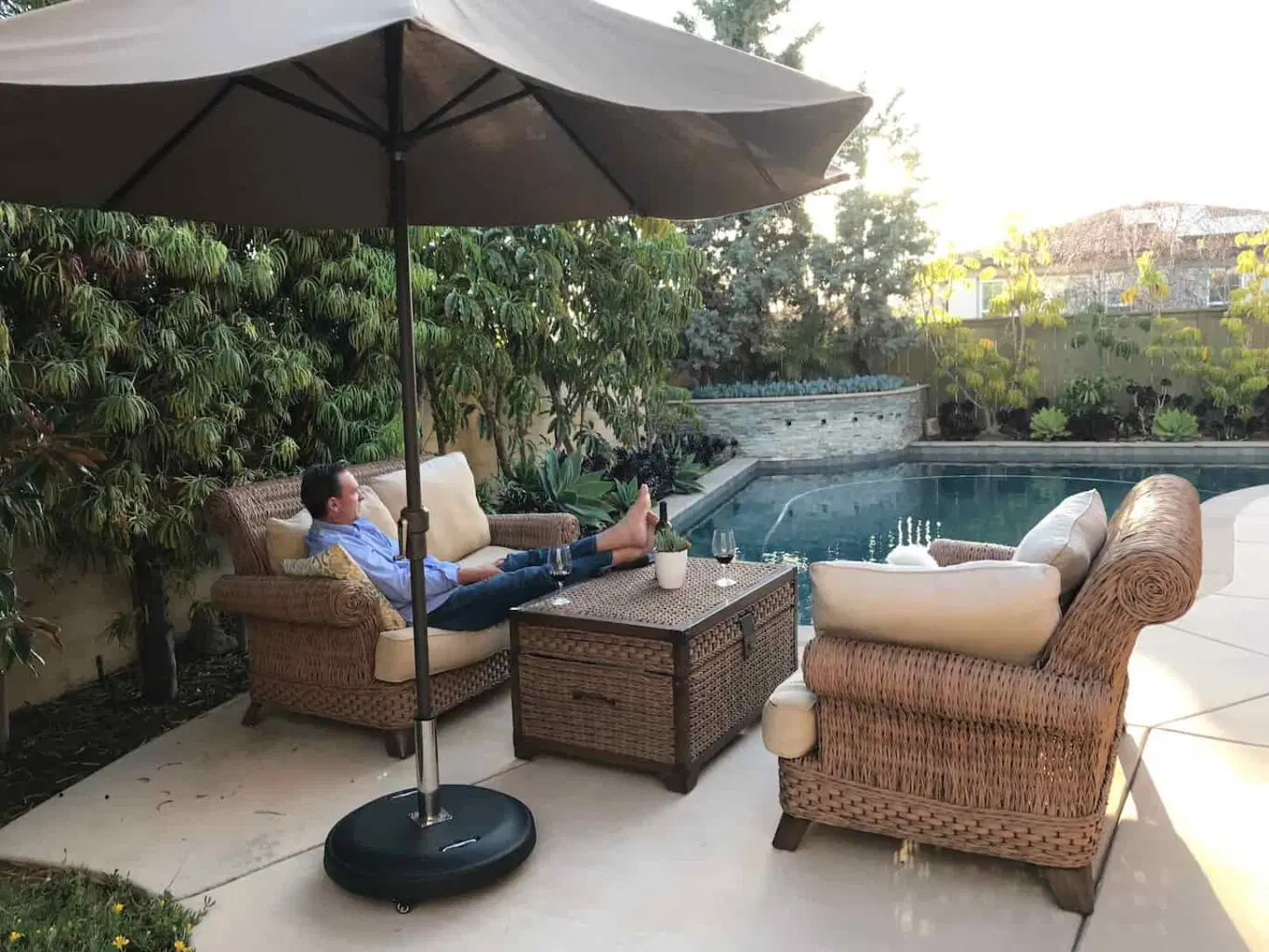
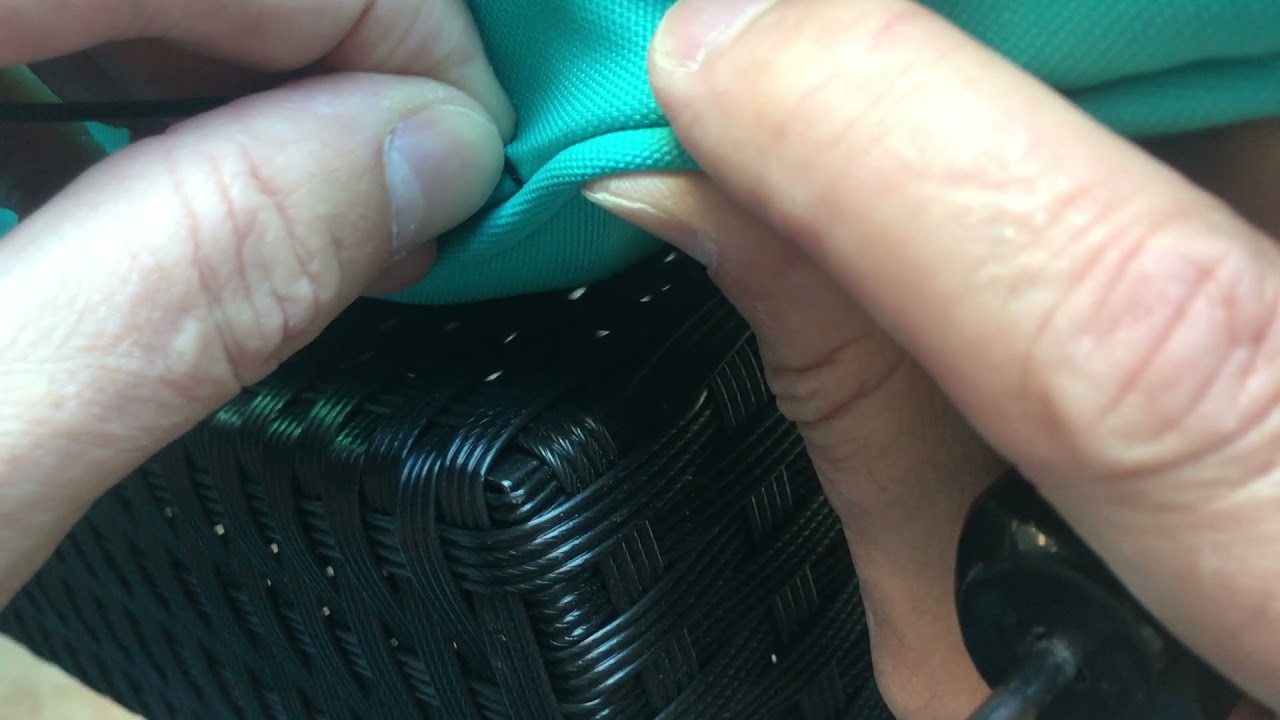
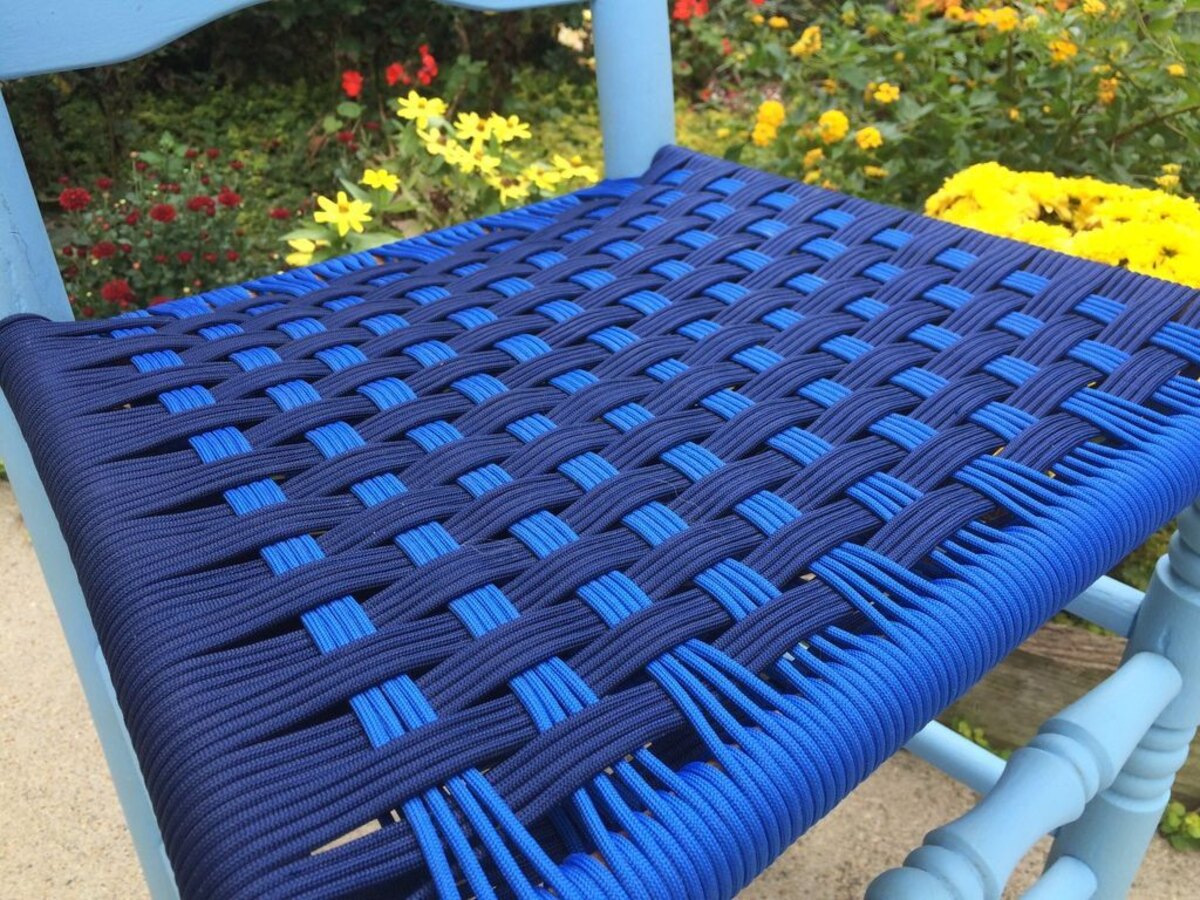
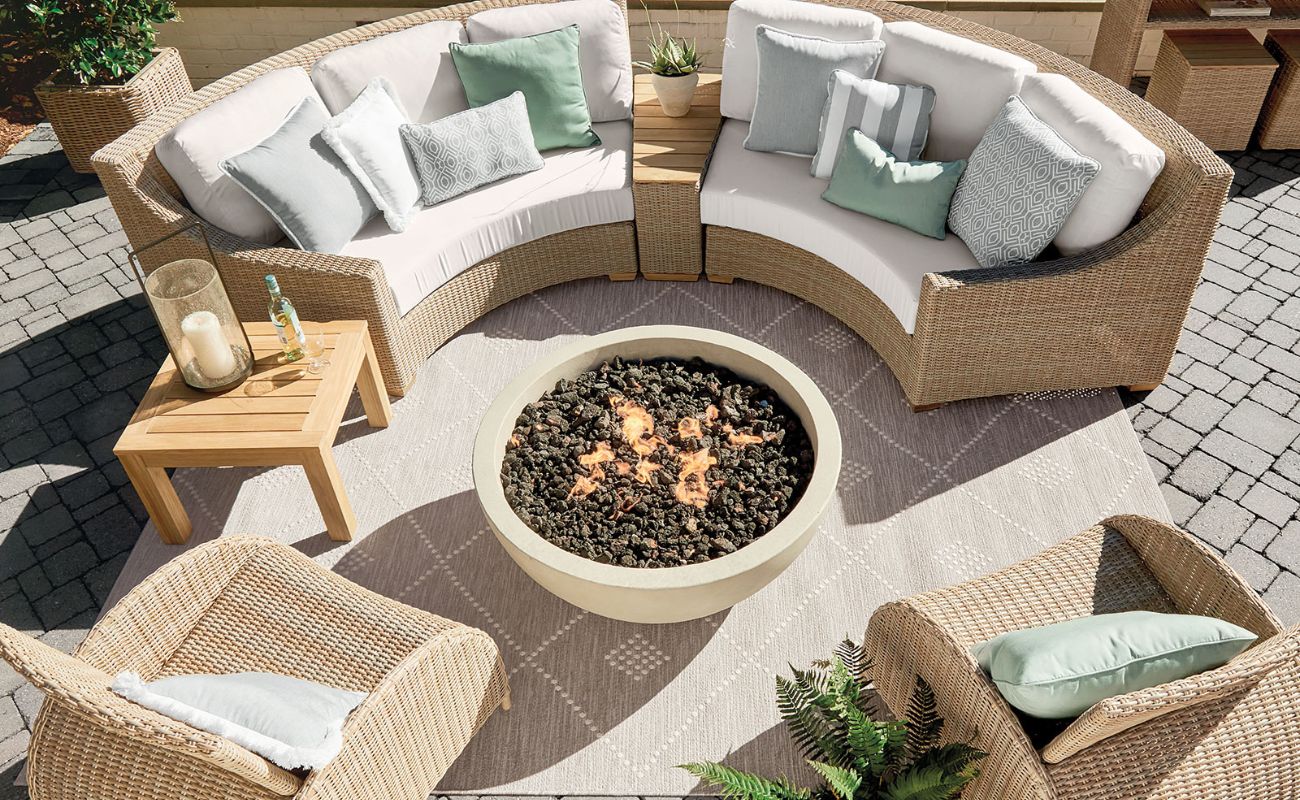

0 thoughts on “How To Cover Patio Furniture”